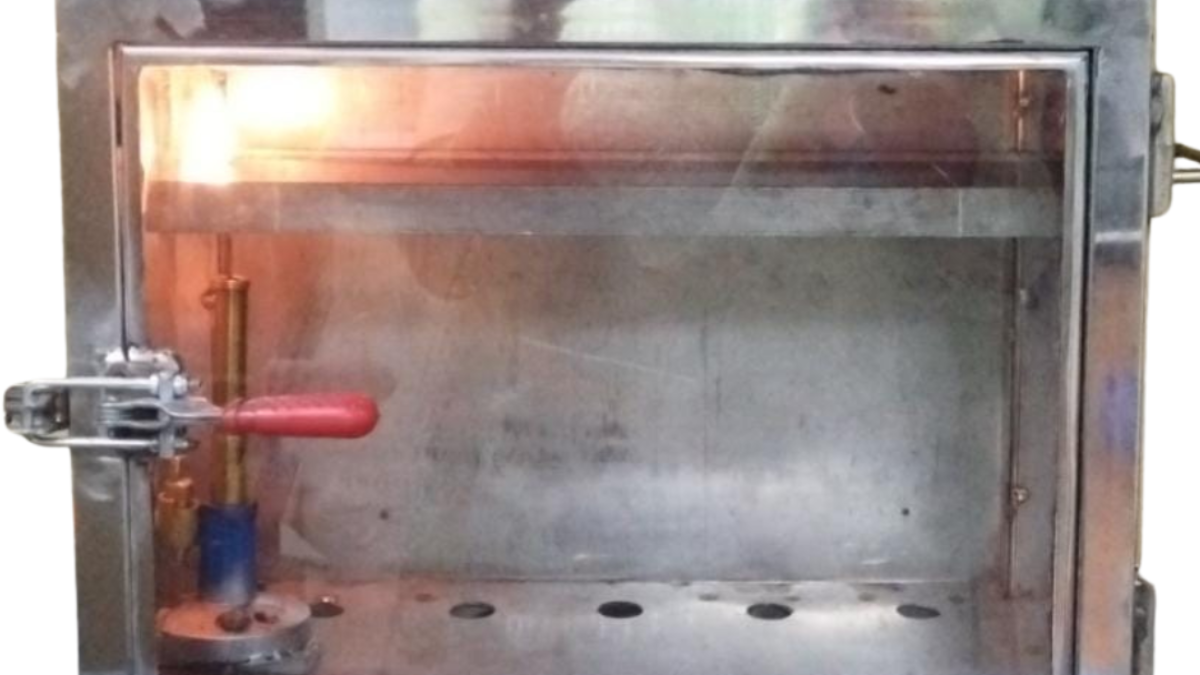A Closer Look at FMVSS 302: Ensuring Safety Through Flammability Standards
In the realm of automotive safety, the Federal Motor Vehicle Safety Standards (FMVSS) represent a cornerstone of regulations that safeguard vehicle occupants by setting rigorous benchmarks for vehicle design and construction. Among these pivotal standards, FMVSS 302 stands out by addressing a critical aspect of safety: the flammability of interior materials. This blog post aims to shed light on FMVSS 302, detailing its significance, outlining the testing procedure it prescribes, and explaining, in layman’s terms, the formula used to gauge material flammability.
The Essence of FMVSS 302
FMVSS 302’s mission is straightforward yet vital: to minimize the risks posed by vehicle fires, with a specific focus on the materials found within the passenger compartment. By dictating a maximum permissible burn rate for these materials, the standard is a proactive measure designed to slow the spread of fire, providing passengers with precious additional seconds to evacuate safely in an emergency.

Decoding the Test Procedure
To comply with FMVSS 302, materials used in vehicle interiors must undergo a standardized test that measures their burn rate under controlled conditions. Here’s a breakdown of this procedure:
- Preparation: Samples are precisely cut and conditioned to ensure uniformity, simulating real-world environmental conditions.
- Mounting: Samples are placed in a specific holder that prevents the flame from reaching the material’s upper surface, ensuring the flame spreads horizontally.
- Ignition: A controlled flame ignites one end of the sample for a fixed period, initiating the test.
- Observation: The progression of the flame is closely monitored, noting the time it takes to travel a predefined distance.
- Calculation: The material’s burn rate is determined by comparing the distance traveled by the flame against the time elapsed.
Understanding the Formula Without Math
The heart of FMVSS 302 lies in its formula, which assesses whether a material meets safety standards based on its burn rate. Without delving into mathematical expressions, the formula essentially calculates how fast the flame travels across the material, with the outcome expressed in millimeters per minute. To pass the test, a material’s burn rate cannot exceed 100 millimeters per minute, ensuring it burns slowly enough to significantly mitigate the risk of fire spread within the vehicle’s interior.
The Role of Kiyo R&D Center & Laboratory
At Kiyo R&D Center & Laboratory, our commitment to automotive safety drives us to offer comprehensive flammability testing services, including those required by FMVSS 302. Our state-of-the-art facilities and expert team ensure that your materials not only comply with these critical safety standards but also contribute to the overarching goal of safeguarding lives.
Should you require assistance with FMVSS 302 testing or wish to learn more about our services, we invite you to reach out to us. Together, we can achieve the highest standards of safety, making each journey safer for everyone involved.

